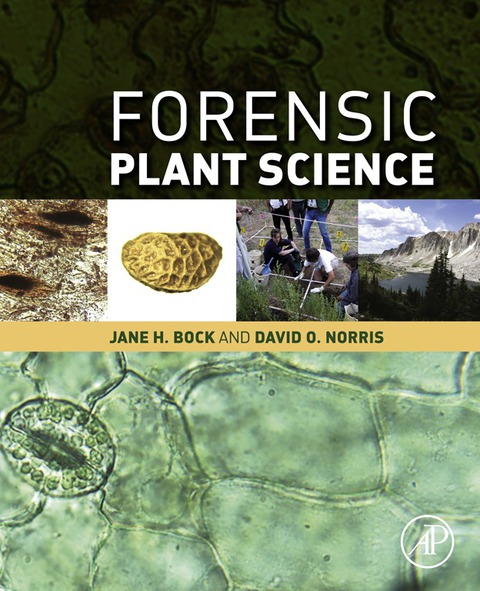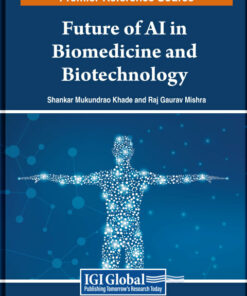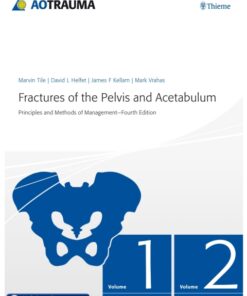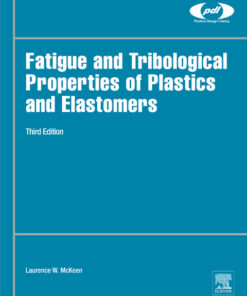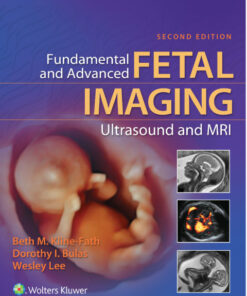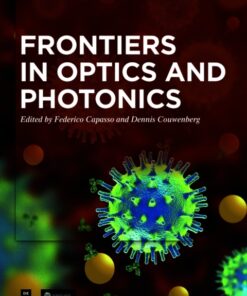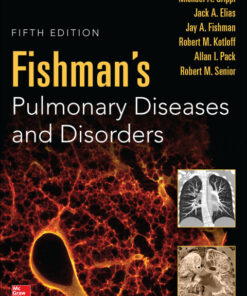Forensic Plant Science Ebook (tebook.shop)
$25.00
Norris, David O.; Bock, Jane H
Forensic Plant ScienceForensic botany is the application of plant science to the resolution of legal questions. A plant’s anatomy and its ecological requirements are in some cases species specific and require taxonomic verification; correct interpretation of botanical evidence can give vital information about a crime scene or a suspect or victim. The use of botanical evidence in legal investigations in North America is relatively recent. The first botanical testimony to be heard in a North American court concerned the kidnapping and murder of Charles Lindbergh’s baby boy and the conviction of Bruno Hauptmann in 1935. Today, forensic botany encompasses numerous subdisciplines of plant science: plant anatomy and dendrochronology, systematics, ecology, limnology and oceanography, statistics, palynology, and molecular biology. Forensic Plant Science presents chapters on plant science evidence, plant anatomy, plant taxonomic evidence, plant ecology, case studies for all of the above, as well as the educational pathways for the future of forensic plant science.
Provides techniques, collection methods, and analysis of digested plant materialsShows how to identify plants of use for crime scene and associated evidence in criminal casesThe book’s companion website: http://booksite.elsevier.com/9780128014752, will host microscopic atlas of common food plants, a key to the identification of food plants and references for plant identification and ecology ISBN: 9780128014752, 012801475X

